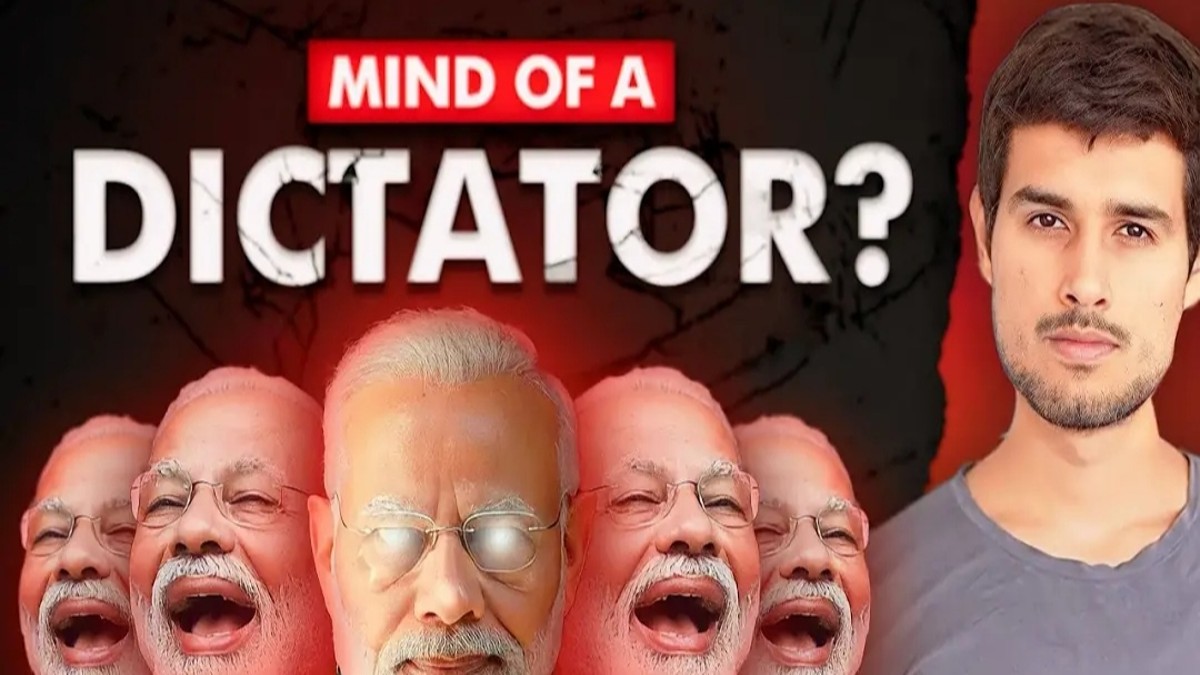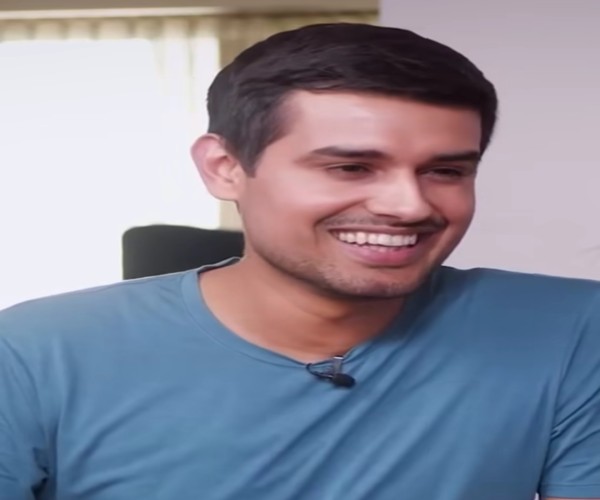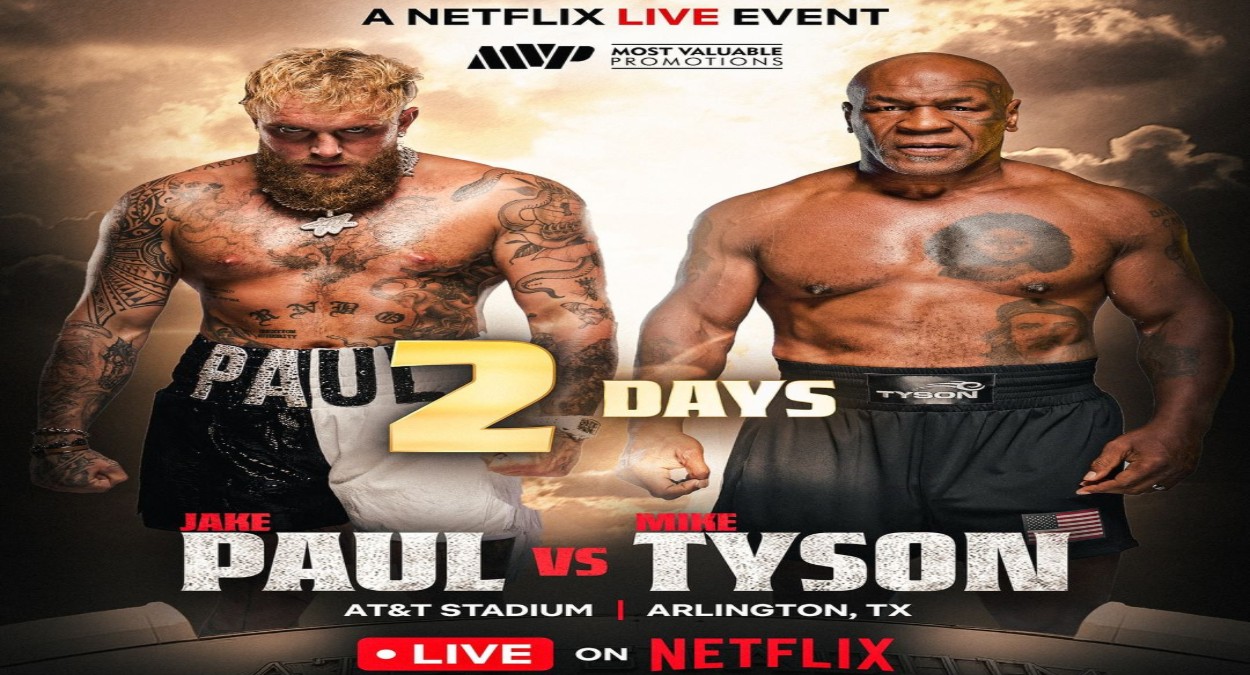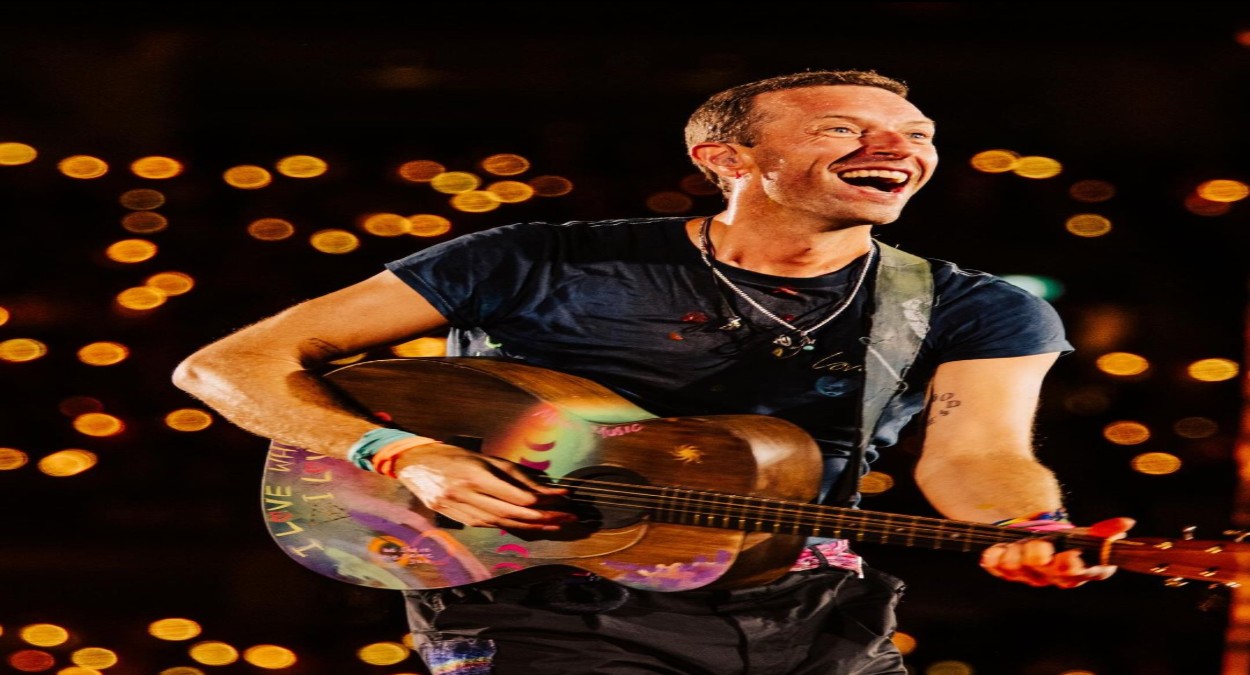
Dhruv Rathee
Dhruv Rathee, a well-known Indian YouTuber and social commentator, has garnered a significant following for his critical and analytical videos on political and social issues. In his latest video titled “Modi’s Dictatorship,” Rathee delves into the contentious debate surrounding Prime Minister Narendra Modi’s governance style. This article explores the key points discussed in Rathee’s video, providing a comprehensive overview of his arguments and the broader implications of this contentious topic.
Overview of the Video
Dhruv Rathee begins his video by setting the context, discussing the political climate in India under Modi’s leadership. He highlights the growing concerns among various segments of the population regarding the perceived erosion of democratic norms and institutions. Rathee’s video is structured around several key themes:
- Centralization of Power: Rathee argues that Modi’s government has increasingly centralized power, reducing the autonomy of state governments and other institutions. He provides examples of how decision-making processes have become more concentrated within a small group of individuals close to the Prime Minister.
- Suppression of Dissent: One of the core arguments in the video is the suppression of dissent. Rathee discusses instances where journalists, activists, and opposition leaders have faced intimidation, legal action, or harassment for criticizing the government. He cites specific cases to illustrate this trend.
- Erosion of Democratic Institutions: The video also addresses concerns about the weakening of democratic institutions such as the judiciary, Election Commission, and media. Rathee presents evidence suggesting that these institutions are under pressure to align with the government’s agenda, compromising their independence.
- Media Manipulation: Rathee highlights the role of the media in shaping public perception and discusses how certain media outlets are accused of favoring the government. He examines the impact of this bias on public discourse and democratic accountability.
- Legislative Overreach: The video scrutinizes the use of legislative power to push through controversial laws and policies, often with limited debate and consultation. Rathee points to specific examples such as the abrogation of Article 370 in Jammu and Kashmir and the passage of the Citizenship Amendment Act (CAA).
Read more related articles.
Analysis of Arguments
Centralization of Power
Rathee’s analysis of the centralization of power focuses on how the Modi administration has streamlined decision-making processes, often sidelining state governments and other key stakeholders. This, he argues, undermines the federal structure of India and reduces the effectiveness of governance at the local level. Rathee backs his claims with data and expert opinions, providing a nuanced understanding of the issue.
Suppression of Dissent
The suppression of dissent is a critical theme in the video. Rathee meticulously details instances where individuals and organizations critical of the government have faced repressive measures. He argues that such actions create a climate of fear and stifle free expression, which is fundamental to a healthy democracy.
Erosion of Democratic Institutions
Rathee’s discussion on the erosion of democratic institutions is particularly compelling. He examines how the judiciary, Election Commission, and other bodies have come under increasing pressure to conform to the government’s directives. By presenting a series of case studies, Rathee underscores the importance of maintaining the independence of these institutions to ensure checks and balances.
Media Manipulation
The role of media in a democracy is a recurring topic in Rathee’s work. In this video, he delves into how media houses allegedly align their reporting to favor the government. Rathee argues that this creates a skewed narrative that misleads the public and hampers informed decision-making. He supports his claims with content analysis and media studies.
Legislative Overreach
Finally, Rathee discusses legislative overreach, where the government uses its parliamentary majority to pass contentious laws with minimal debate. He argues that this approach not only bypasses democratic processes but also alienates significant sections of the population. Rathee provides a detailed analysis of specific laws and their implications on social and political stability.

Highlights of Dhruv Rathee’s Video on “Modi’s Dictatorship”
Centralization of Power:
- Dhruv Rathee discusses how power has become increasingly centralized under Modi’s leadership.
- Examples include reduced autonomy of state governments and key decisions being made by a small group close to the Prime Minister.
Suppression of Dissent:
- Rathee highlights instances of journalists, activists, and opposition leaders facing intimidation and legal action for criticizing the government.
- He cites specific cases to illustrate the trend of suppressing dissent.
Erosion of Democratic Institutions:
- Concerns about the weakening of democratic institutions such as the judiciary, Election Commission, and media are addressed.
- Rathee provides evidence suggesting these institutions are under pressure to align with the government’s agenda, compromising their independence.
Media Manipulation:
- The role of media in shaping public perception is discussed, focusing on allegations of media outlets favoring the government.
- Rathee examines the impact of media bias on public discourse and democratic accountability.
Legislative Overreach:
- Rathee scrutinizes the use of legislative power to push through controversial laws and policies with limited debate.
- Specific examples include the abrogation of Article 370 in Jammu and Kashmir and the Citizenship Amendment Act (CAA).
Case Studies and Examples:
- Detailed case studies and examples are provided to support Rathee’s arguments on the centralization of power, suppression of dissent, and legislative overreach.
- These case studies add depth and credibility to the discussion, highlighting real-world implications.
Call for Critical Analysis and Debate:
- Rathee encourages viewers to critically assess the current state of democracy in India.
- He emphasizes the importance of informed debate and holding leaders accountable to preserve democratic values and institutions.
Impact on Public Perception:
- The video explores how these governance trends impact public perception and trust in democratic processes.
- Rathee discusses the long-term implications for Indian democracy if these trends continue unchecked.
These highlights encapsulate the key points of Dhruv Rathee’s video, providing a concise overview of his analysis and arguments regarding Modi’s governance style.
Summary
Dhruv Rathee’s video on “Modi’s Dictatorship” is a thought-provoking piece that raises important questions about the current state of democracy in India. By examining various facets of Modi’s governance, Rathee encourages viewers to critically assess the direction in which the country is headed. Whether one agrees with his perspective or not, the video serves as a valuable contribution to the ongoing discourse on democracy and governance in India.
In an era where media and public discourse are increasingly polarized, Rathee’s video reminds us of the importance of critical analysis and informed debate. As citizens, it is crucial to engage with different viewpoints and hold our leaders accountable to ensure the preservation of democratic values and institutions.





Great advice! I’ll definitely be implementing some of these tips.
Thanks for the comprehensive overview. Very helpful!